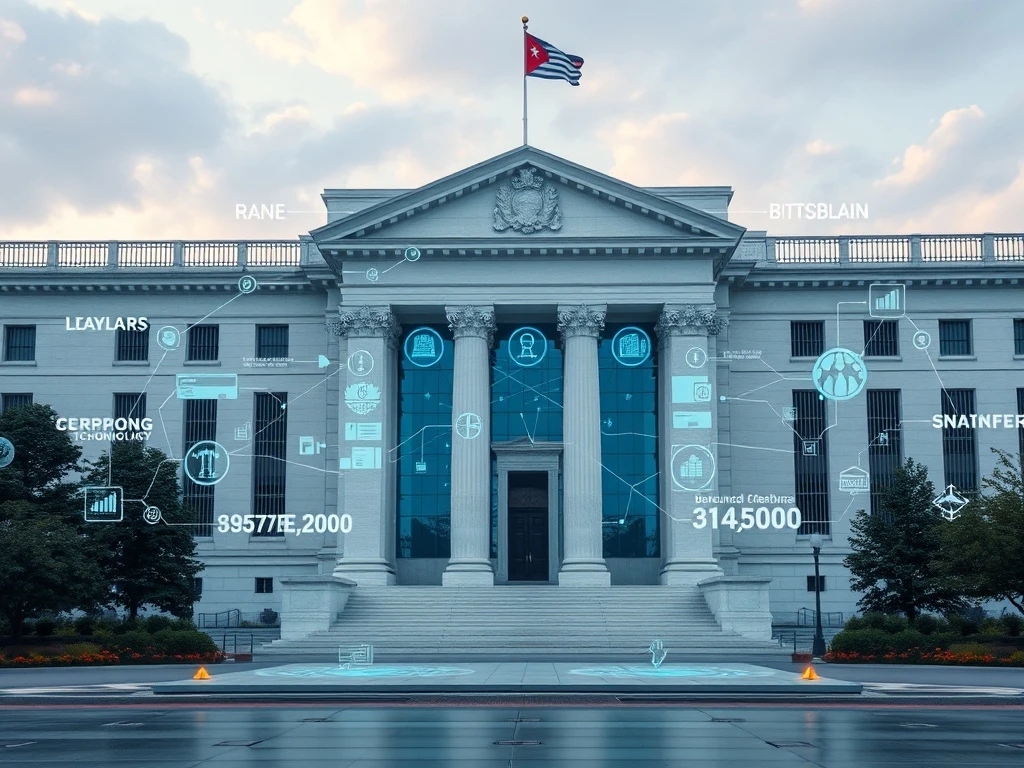Federal Reserve Governor Michael Barr stunned financial markets today by declaring a comprehensive banking revolution that will fundamentally reshape America’s financial landscape. This groundbreaking announcement signals the most significant regulatory transformation in decades, directly addressing modern financial challenges while embracing technological innovation.
The Core Components of the Banking Revolution
The proposed banking revolution encompasses five critical pillars that will redefine financial services. First, digital currency integration will become mandatory for all major financial institutions. Second, artificial intelligence implementation will enhance risk management systems. Third, blockchain technology adoption will streamline transaction processing. Fourth, real-time payment systems will replace traditional settlement methods. Finally, enhanced cybersecurity protocols will protect consumer data.
Digital Transformation in Modern Banking
This banking revolution prioritizes digital infrastructure modernization across all financial sectors. Federal regulators will require:
- API integration for seamless data sharing
- Cloud computing adoption for enhanced scalability
- Mobile banking optimization for consumer accessibility
- Automated compliance systems for regulatory efficiency
Impact on Financial Institutions and Consumers
The banking revolution will dramatically affect both financial institutions and their customers. Banks must invest heavily in technology upgrades while consumers will experience faster transactions and improved security measures. This transformation ultimately aims to create a more inclusive financial system that serves all demographic segments effectively.
Implementation Timeline and Regulatory Framework
Federal authorities outlined a phased implementation approach for this banking revolution. Phase one begins with pilot programs in Q2 2024, followed by regional rollouts throughout 2025. Full implementation across all financial institutions is scheduled for completion by December 2026, ensuring adequate preparation time for compliance.
Global Implications and Competitive Positioning
This American banking revolution positions the United States as a global leader in financial innovation. International observers closely monitor these developments, as successful implementation could establish new worldwide standards for digital banking infrastructure and regulatory frameworks.
FAQs: Federal Reserve Banking Revolution
What specific technologies will this banking revolution implement?
The transformation will incorporate blockchain systems, artificial intelligence algorithms, cloud computing infrastructure, and advanced cybersecurity protocols across all financial institutions.
How will consumers benefit from these changes?
Consumers will experience faster transaction processing, enhanced security protections, reduced fees, and improved access to financial services through digital platforms.
What is the timeline for full implementation?
The complete banking revolution will roll out through 2026, with pilot programs starting in 2024 and full compliance required by December 2026.
How will small banks manage these technological requirements?
The Federal Reserve will provide technical assistance programs and phased compliance schedules to help smaller institutions adapt to the new requirements without excessive financial burden.
Will this affect traditional banking services?
While digital services will expand significantly, traditional banking options will remain available for customers who prefer in-person services and conventional banking methods.
What cybersecurity measures are included?
The revolution mandates multi-factor authentication, encryption standards, real-time monitoring systems, and regular security audits to protect consumer financial data.
























